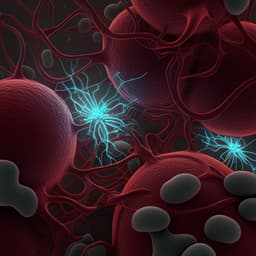
Engineering and Technology
From the teapot effect to tap-triggered self-wetting: a 3D self-driving sieve for whole blood filtration
Y. Li, X. Li, et al.
Discover a groundbreaking tap-triggered self-wetting strategy developed by Yuang Li and colleagues that enhances passive microparticle filtration using 3D-printed microstructures. This innovative approach dramatically reduces pressure thresholds, achieving impressive throughput while effectively filtering leukocytes from whole blood—a significant leap for single-cell analysis.
~3 min • Beginner • English
Related Publications
Explore these studies to deepen your understanding of the subject.







